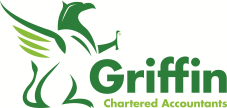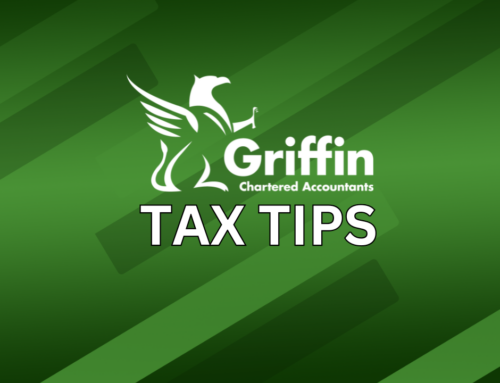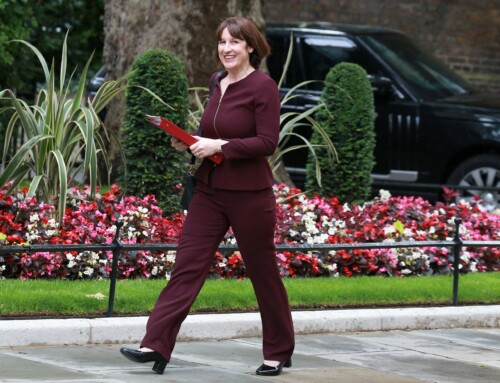Key Tax Changes Effective April 2025

As we step into the new financial year, several significant tax changes are set to take effect in the UK from April 2025. These changes, announced in previous budgets and statements, will impact both individuals and businesses. Here’s a comprehensive overview of the key updates:
- Employers’ National Insurance Contributions (NIC)
From April 6, 2025, Employers’ NIC will increase from 13.8% to 15%. Additionally, the threshold at which employers begin to pay NIC on an individual’s salary will be reduced from £9,100 to £5,000. This change is expected to affect around 940,000 employers, increasing their NIC liability. This change is likely to impact small and medium-sized enterprises (SMEs) the most, as they may have less financial flexibility to absorb these additional costs.
- Employment Allowance
The Employment Allowance will rise from £5,000 to £10,500. This allowance, which offsets the NIC liability for eligible employers, will no longer be restricted to those with previous secondary NIC tax bills of £100,000 or less. This change is particularly beneficial for very small businesses, as it helps mitigate the impact of the NIC increase. However, larger businesses will not benefit as much, especially those with higher NIC liabilities.
- National Minimum Wage and National Living Wage
The National Minimum Wage (NMW) and National Living Wage (NLW) will see significant increases. For those aged 21 and over, the rate will rise to £12.21 per hour. For 18-20 year olds, it will be £10 per hour, and for those under 18 or apprentices (in the first year of their apprenticeship), it will be £7.55 per hour. This change is intended to support lower-income workers amid rising living costs. However, it will lead to higher operational costs for businesses, especially those in sectors like retail, hospitality, and care services.
- Stamp Duty Land Tax (SDLT)
From April 1, the 0% threshold will drop from £250,000 (£425,000 for first-time buyers) to £125,000 (£300,000 for first-time buyers). Higher rates will apply to more expensive properties.
- Business Asset Disposal Relief
The rate of Business Asset Disposal Relief has increased from 10% to 14%. This relief, offers a lower rate of Capital Gains Tax (CGT) on disposal of your business. It will further increase to 18% in April 2026.
Business owners planning to dispose of assets should consider doing so before April 2026 to benefit from the current rates.
- Furnished Holiday Lettings (FHL)
Income from furnished holiday lets will be treated the same as long-term lets from 1st April for companies and 6th April for individuals, trusts, and partnerships. FHLs will no longer be eligible for beneficial capital allowances treatment, and existing reliefs will cease
- Double Cab Pick-Ups (DCPUs)
From April 6, 2025, the tax treatment of double cab pick-ups will change, treating them as cars rather than commercial vehicles. This change will affect the tax liabilities for businesses using these vehicles. For more information on this please see our previous article.
- Personal Allowance and Income Tax Bands
The personal allowance, currently set at £12,570, will remain frozen until April 2028. The income tax thresholds for 2025/26 will also remain unchanged, with the basic rate band at £37,700, the higher rate band starting at £50,270, and the additional rate band at £125,140.
- HMRC interest rates for tax paid late
The interest rate charged by HMRC for late payments of most taxes and duties will increase from 7% to 8.5% from 6 April 2025.
Overall, these tax changes present both challenges and opportunities for businesses. It is crucial for business owners to stay informed and seek professional advice to navigate these changes effectively. Strategic planning and proactive adjustments will be key to managing the financial impact and leveraging any available benefits.
If you have any specific questions or need further assistance, please get in touch





